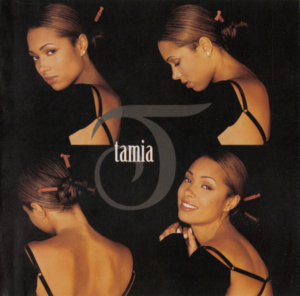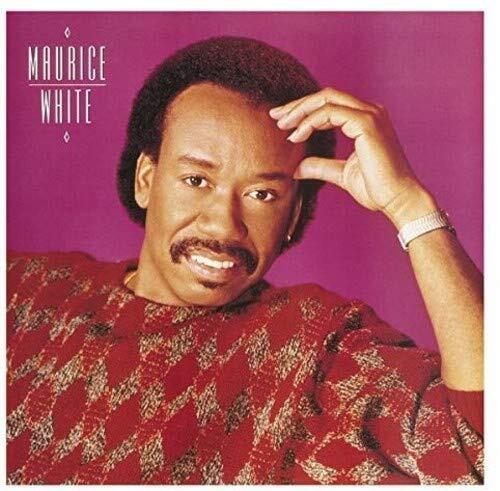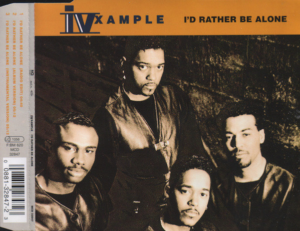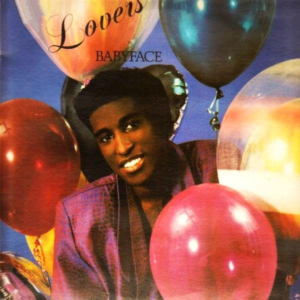The year was 1985, and Maurice White, the frontman of Earth, Wind & Fire, decided to start a solo project while his bandmate Philip Bailey had already achieved solo success. Thus, EWF agreed to go on a hiatus.
Arriving in stores in September 1985, Maurice’s self-titled album encompasses an eclectic mix of musical genres, blending R&B, funk, jazz, and pop elements. The album departs from the signature Earth, Wind & Fire sound, offering a more personal and introspective musical experience.
The first single from the album was a cover of the Ben E. King classic “Stand by Me.” White adds some synth sounds to the soulful masterpiece without losing the emotion from the original. White’s powerful vocals are heartfelt and have poignant delivery. The song envelops the listener, evoking a sense of warmth and nostalgia. Its melodic arrangement and poignant lyrics make it an instant classic.
The second single, “Switch On Your Radio,” is an infectious up-tempo tune with funk and disco elements. Maurice White’s masterful production and songwriting create an irresistible groove that perfectly exemplifies his ability to craft catchy melodies while maintaining a distinct musical identity.
Throughout the album, Maurice White showcases his versatility as a musician. “I Need You” is a smooth jazz track that highlights his keyboard skills, while “The Changing Times” features intricate percussion and pulsating rhythm, reflecting his connection to African rhythms.
One of the album’s strengths is its seamless transitions between various musical styles. Maurice White effortlessly fuses different genres, creating a cohesive and engaging listening experience. The production quality is top-notch, with a rich, polished sound that complements the meticulous arrangements.
While Maurice White’s solo album is undoubtedly a remarkable work, it may not resonate with fans primarily drawn to the Earth, Wind & Fire sound. The departure from their signature style might alienate some listeners expecting a continuation of the band’s iconic sound. However, this album offers a refreshing and compelling perspective for those who appreciate Maurice White’s artistry and are open to exploring his musical range.
In conclusion, Maurice White’s self-titled solo album is a testament to his immense talent and creativity. It showcases his ability to transcend musical boundaries and deliver a captivating musical journey. While it may not mirror the Earth, Wind & Fire sound, it is a remarkable accomplishment in its own right.
With its diverse musical palette, memorable melodies, and exceptional production, this album solidifies Maurice White’s status as a true musical visionary.
Final Grade: B+
Maurice White is available on all streaming platforms






